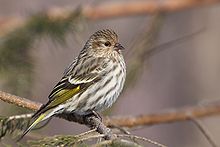.JPG) Here are just some great fall pictures I couldn't help but share as this hurricane is going to make the fall foliage quickly disappear. These shots were taken during our recent conservation easement monitoring.
Here are just some great fall pictures I couldn't help but share as this hurricane is going to make the fall foliage quickly disappear. These shots were taken during our recent conservation easement monitoring. .JPG)
As an accredited land trust TLC must monitor all conservation easements once a year to make sure that the landowners are in compliance with their easements. This usually ends up being a great day to get outside and see what great things our landowners are doing on their properties.
If you are a landowner who is considering permanently protecting your land, we hope you'll consider TLC for your conservation easement options.


.jpg)









